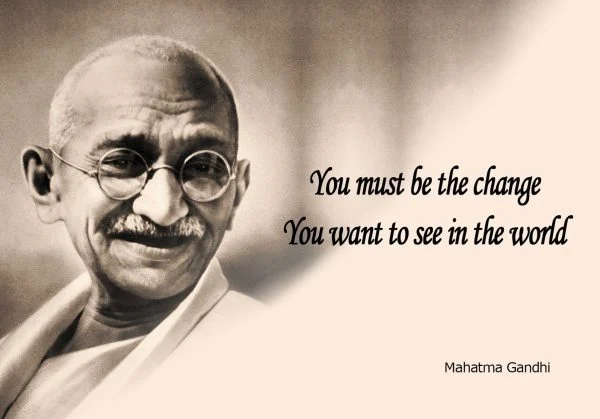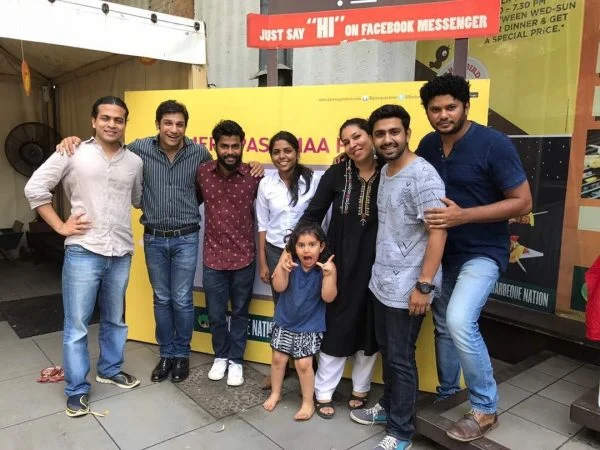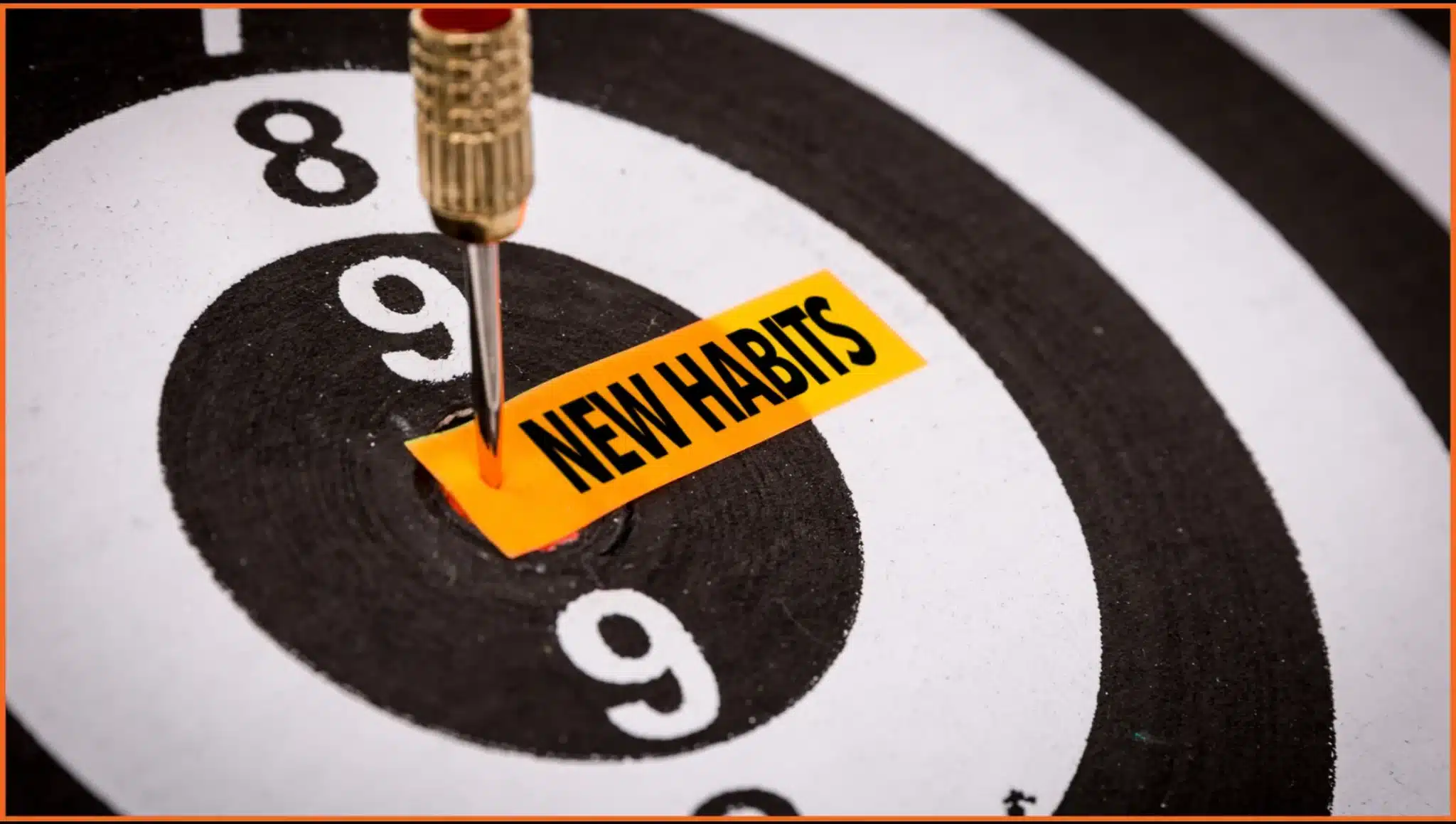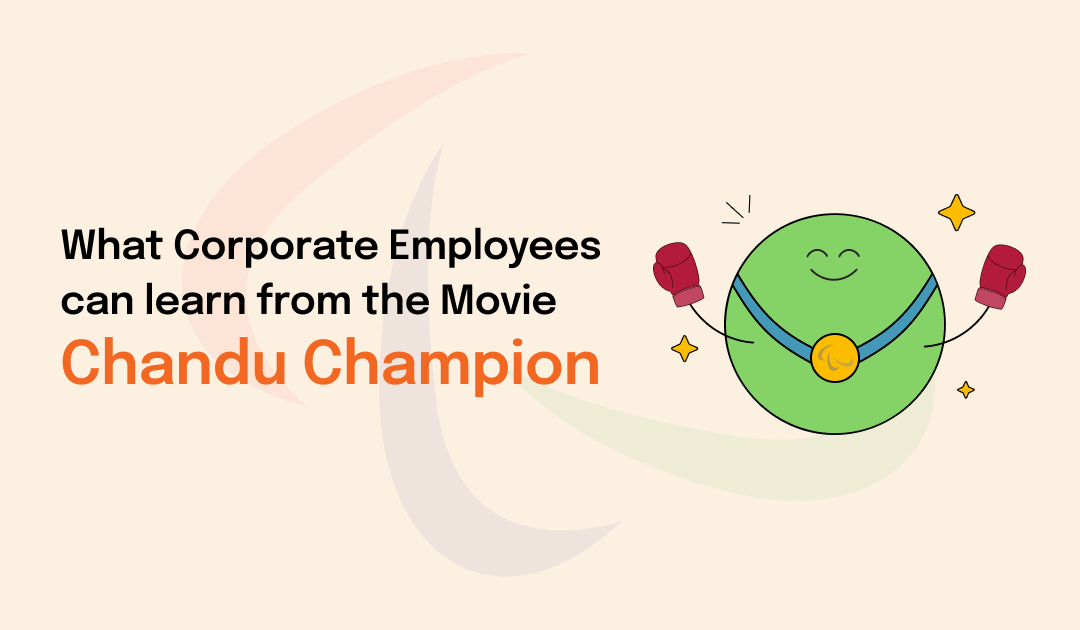Introduction: The Power of Positive Influence
Table of Contents
What exactly does it mean to be your team’s “Motivational Officer”? We often refer to it playfully as the Chief Celebration Officer, but in our experience working across organisations and industries, this unofficial title holds serious weight.
It’s about creating a culture where recognition, positivity, and progress are celebrated – not just on appraisal day, but every day. And while that may sound like all sunshine and cupcakes, there’s also a deeper responsibility. As Uncle Ben said, “With great power comes great responsibility.”
The good news? You don’t need a fancy HR policy to bring this role to life. Here are 6 practical steps — drawn from our real experiences and workshops — that can help you step into this role and energise your team, meaningfully.
Related Reading: 5 Reasons Why Leaders Look For Team Building Activities That Are Impactful
Step 1: Get to Know Your Team (Beyond Job Titles)
To truly motivate people, you need to understand them. Their likes, dislikes, what excites them, what drains them. We’ve noticed that the best leaders and team enablers take time to genuinely get to know each team member – not just their KPIs.
What this looks like in action:
- Create space for informal conversations – beyond the usual check-ins.
- Know who’s introverted, who loves the spotlight, and who thrives behind the scenes.
- At FocusU, we once planned a beach cricket match because the team had been raving about cricket. Another time, we tried yoga sessions because that’s what a few of our quieter folks preferred.
L&D Takeaway: Encourage managers to invest in relationship-building. It’s the foundation of trust and motivation.
Step 2: Appreciate Often and Personally
We’ve seen time and again that appreciation doesn’t have to be grand to be impactful. In fact, the smaller and more personalised it is, the more it resonates.

Ideas that work:
- Handwritten notes or video messages
- A quirky award title that matches someone’s contribution
- Team shout-outs or surprise lunch deliveries
One of our favourite traditions is gifting hand-made letters or digital collages. It doesn’t cost much but the emotional return is massive.
L&D Takeaway: Recognition and appreciation should be woven into performance conversations and coaching journeys.
Step 3: Build Toward a Shared Goal and Make Progress Visible
Motivation thrives when people know their work is contributing to something bigger. And it multiplies when that progress is tangible.

How to do it:
- Visual dashboards showing team progress
- Gamification elements (ring the bell, win tokens, unlock rewards)
- Celebrate milestones publicly
We had a live revenue counter in our office once – and every time someone closed a deal, they got to ring the bell. The excitement and ownership were real.
L&D Takeaway: Tie team rituals to performance metrics. Let culture and business work hand in hand.
Related Reading: How can Gamification be used as a Learning Tool for Your Organisation?
Step 4: Walk the Talk – Be the Change
Motivational leadership isn’t about cheerleading from the sidelines. It’s about embodying the behaviours you want to see.

What this means:
- Own your development journey
- Set and track personal goals visibly
- Lead by example, especially in times of challenge
We’ve noticed that when leaders authentically share their failures and learnings, it creates a powerful ripple effect. Vulnerability, when modelled well, becomes a strength.
L&D Takeaway: Self-leadership modules should be foundational in any manager capability program.
Step 5: Create Shared Experiences (And Lasting Memories)
Teams that laugh, struggle, and grow together – stay together. Shared experiences build trust, strengthen empathy, and offer something for everyone to anchor to.

Ideas we’ve seen work:
- Cooking classes, treasure hunts, escape rooms
- Book clubs, movie nights, or theme days
- Storytelling circles where everyone shares a personal win or challenge
Forget the fancy dinner. One of our most memorable team events was a storytelling night where we each related a life moment to a movie character.
L&D Takeaway: Build experiential activities into leadership retreats or onboarding journeys. People remember what they feel.
Related Reading: The anatomy of impactful learning experiences
Step 6: Invite Buy-In Through Co-Creation
Motivation isn’t something you do to people – it’s something you create with them. The best team rituals we’ve seen have come from the teams themselves.

How to build buy-in:
- Start with a team brainstorming session
- Ask: what keeps us going? What traditions do we want to build?
- Rotate the “culture custodian” role — give everyone a chance to contribute
When ideas come from within, ownership follows naturally.
L&D Takeaway: Co-creation is the future of leadership. Equip managers to lead with facilitation, not just instruction.
Related Reading: 20 Lesser Known Motivational Books That Are Absolute Gems!
Final Thoughts: Leading With Positivity Is a Skill And a Choice
Being a motivational officer isn’t about being loud or bubbly. It’s about being consistent. Being thoughtful. Being the one who notices when energy is dipping – and gently lifting it.
In our experience, the best teams aren’t just productive. They’re emotionally invested. And that happens when leaders – formal or informal – make the effort to energise, appreciate, and uplift consistently.
So if you’re stepping into this role for your team, welcome! The impact you create might not always show up on dashboards – but you’ll feel it in trust, in resilience, and in the little moments that make a team feel like home.
Here’s to becoming the motivational force your team didn’t know they needed.
Related Reading: 4 Strategies To Help Build Motivation
Written by the FocusU Team — inspired by the laughter, learning, and leadership we’ve seen across hundreds of workshops and thousands of conversations.










